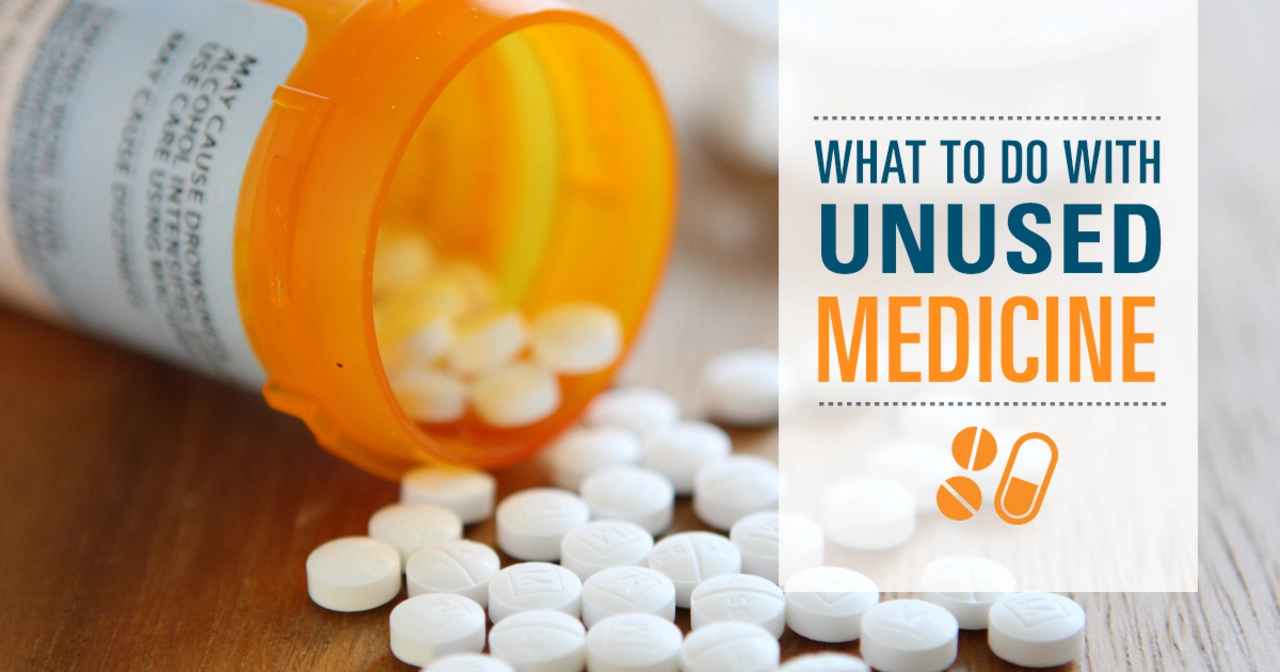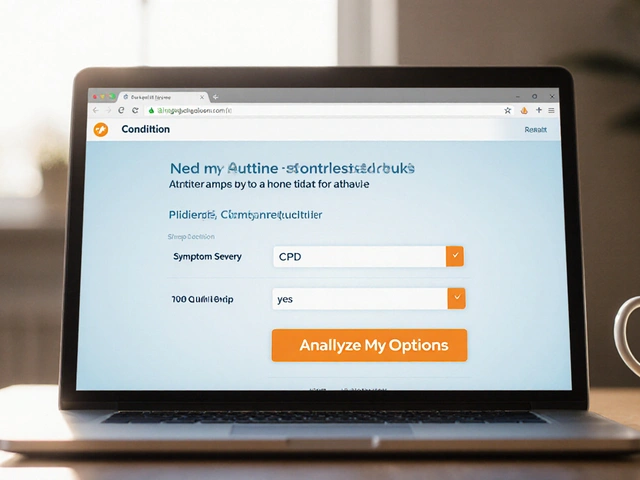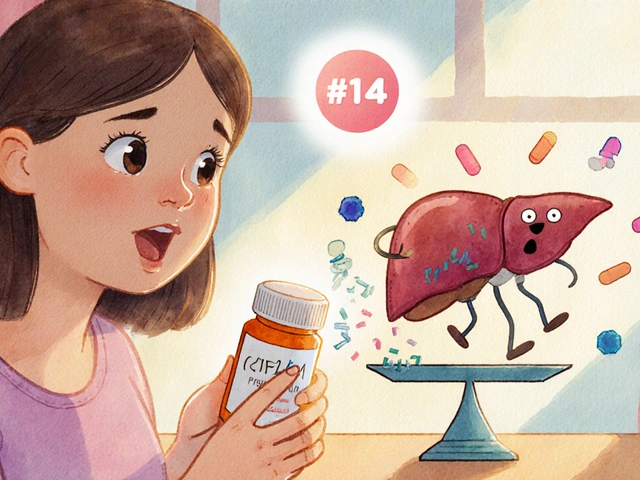Expired Butenafine: Is It Safe to Use?
Found an old tube of butenafine cream in the medicine cabinet and wondering if it still works? Butenafine is an antifungal used for ringworm, athlete's foot, and jock itch. Like other topical meds, it has an expiration date for a reason: after that date the drug can lose strength, textures can change, and contamination risk rises. You don’t want a weak cream that leaves the infection behind.
How expiry affects butenafine
The main issue with expired butenafine is reduced effectiveness. The active ingredient breaks down slowly over time, so the cream might not kill the fungus as well. If the tube was opened, air and bacteria can get inside and change the formula—sometimes you’ll notice odd smell, separation, or discoloration. Those signs mean toss it. For an unopened tube stored in a cool, dry place, potency might last past the printed date, but manufacturers don’t guarantee it, so I wouldn’t risk it for an active infection.
If you have diabetes, a weak immune system, or the infection is near nails or spreading quickly, using an expired product can delay proper care and let the problem get worse. For mild skin ringworm on a healthy adult, using an expired cream might just mean slower improvement, but that still isn’t ideal; replacing the product is the safer choice.
What to do if you find expired butenafine
If the cream is expired, check the tube. If it looks normal and was unopened, you can decide to buy a fresh tube anyway—cost is small compared to prolonged infection. If it smells off, has lumps, or has separated, throw it away now. Don’t apply anything that irritates your skin after putting it on; irritation can mean contamination or a breakdown product reacting with skin.
Dispose of expired topical meds by sealing them in a bag and throwing them in the household trash unless your area has a medicine take-back program—those are the best option. Don’t flush creams down the toilet. If you’re unsure where to dispose of meds, ask your local pharmacy or check municipal guidelines.
When should you see a doctor? If the rash is painful, spreading, involves the face or genitals, or you’re not improving after a week of proper treatment with a fresh product, get medical advice. Also see a clinician right away if you have diabetes or take immune-suppressing drugs—what looks like a small fungal spot can become serious for you.
Bottom line: expired butenafine is not worth the risk. Buy a new tube if you need to treat an active infection, store it in a cool, dry place, and toss outdated or suspicious products responsibly. When in doubt, ask your pharmacist or doctor — they can recommend a replacement or a prescription alternative if needed.
5
How to Safely Dispose of Expired or Unused Butenafine Products
As a responsible individual, it's essential to know how to safely dispose of expired or unused butenafine products. To ensure proper disposal, first, check if there are any specific instructions mentioned on the product packaging. If there are none, I can take advantage of community take-back programs or medication disposal events in my area. Alternatively, I can mix the product with an undesirable substance, like coffee grounds or cat litter, and place it in a sealed container before throwing it in the trash. Lastly, remember to remove any personal information from the packaging to protect my privacy.
Latest Posts
Popular Posts
-
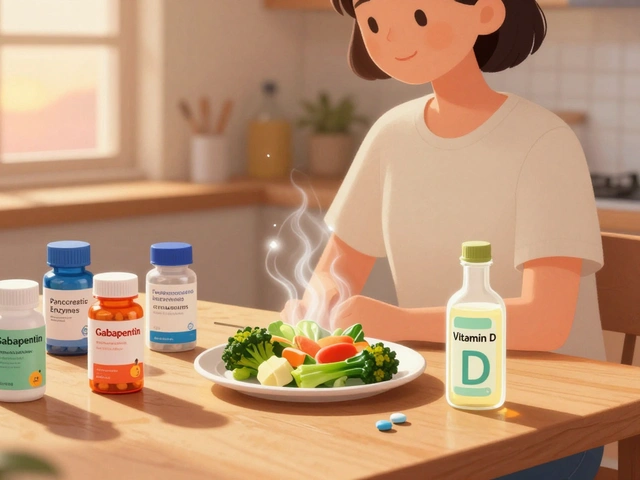 Chronic Pancreatitis: Managing Pain, Enzyme Therapy, and Nutrition
Chronic Pancreatitis: Managing Pain, Enzyme Therapy, and Nutrition
-
 Medication-Induced Diarrhea: How to Prevent and Treat It Effectively
Medication-Induced Diarrhea: How to Prevent and Treat It Effectively
-
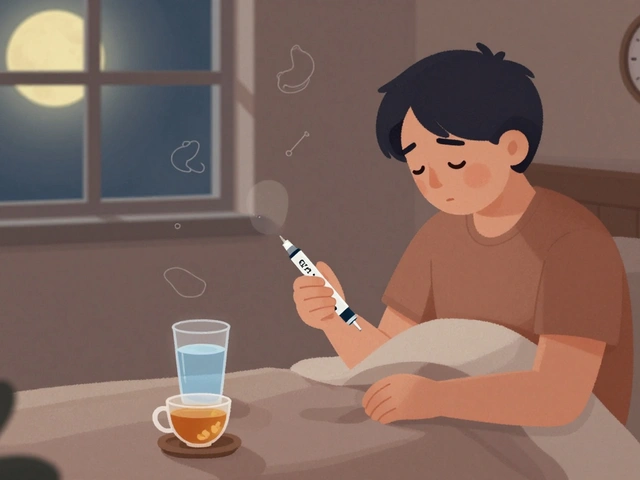 GLP-1 Side Effects: How to Manage Nausea, Dosing, and Realistic Expectations
GLP-1 Side Effects: How to Manage Nausea, Dosing, and Realistic Expectations
-
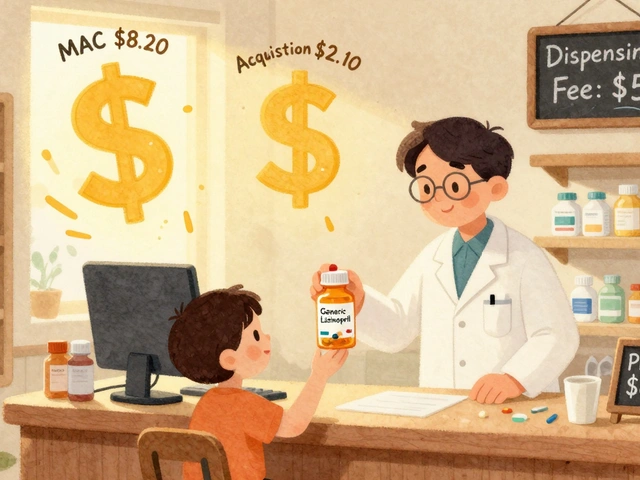 Pharmacy Reimbursement: How Generic Substitution Impacts Pharmacies and Patients Financially
Pharmacy Reimbursement: How Generic Substitution Impacts Pharmacies and Patients Financially
-
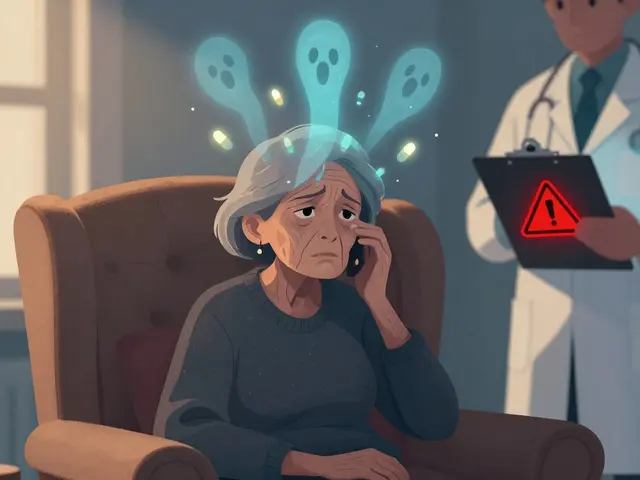 Antipsychotics and Stroke Risk in Seniors with Dementia: What You Need to Know
Antipsychotics and Stroke Risk in Seniors with Dementia: What You Need to Know
